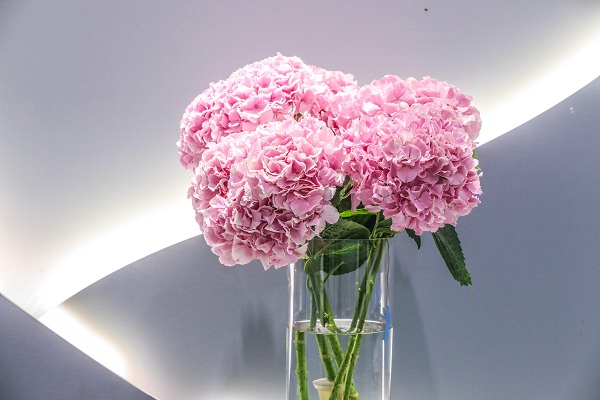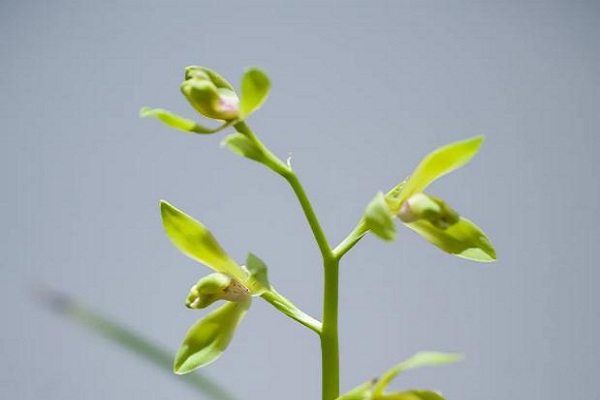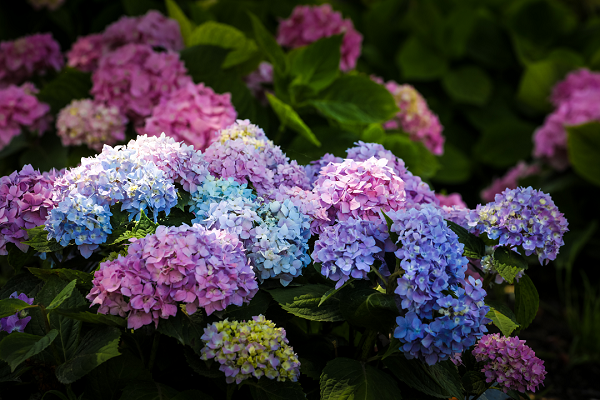Amid the scorching summer days in the Chenshan Botanical Garden – located in East China's Shanghai – the Tropical Flowers and Fruits Exhibition Hall is buzzing with excitement.
After six years of careful cultivation, so-called "ice cream" beans have finally borne fruit for the first time. They're called that for their glorious, smooth taste, which resembles an ice cream.
The ice cream bean is a general term encompassing three types of Inga beans: Inga edulis, Inga paterno and Inga vera. Of these, it is Inga edulis that has borne fruit in the exhibition hall.
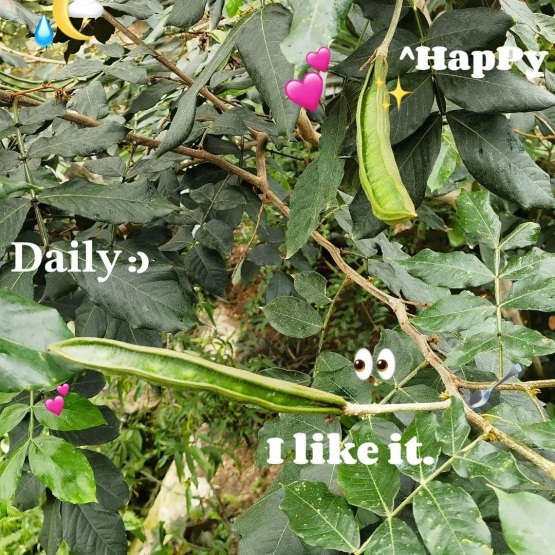
Cool addition: Ice cream beans can be seen in the Chenshan garden. [Photo/WeChat account: sheshanlvyou]
Originating from the lush landscapes of South America, Inga edulis is affectionately known as the ice cream bean due to its delectable sweetness and smooth texture. It thrives in the indigenous areas of the Amazon and has found a new home in South China's Guangzhou province and Xishuangbanna Dai autonomous prefecture in Southwest China's Yunnan province, where it plays a versatile role.
From providing comforting shade to offering a delectable food source – and even contributing to wood and medicinal production – this remarkable bean is valued for its multi-faceted benefits.
However, a word of caution – the seeds of Inga edulis contain toxic compounds, requiring thorough cooking before eating, to ensure a safe and enjoyable indulgence.
Apart from the yummy ice cream beans, the exhibition hall is also showcasing a special fruit called shi jia, or sugar apples in English.
Botanically known as Annona squamosa, there are more than 170 types of this fruit in the world of flora. It falls under the classification of small deciduous trees, blooming with flowers from May to June and bearing fruit from June to November.
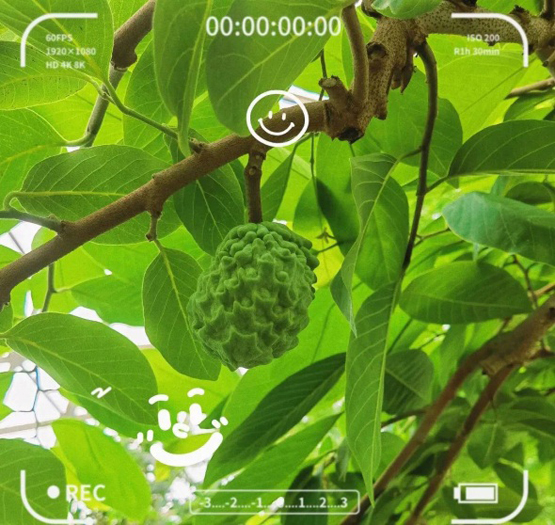
The lovely, lush green fruit of shi jia has the look of a Buddha's head. [Photo/WeChat account: sheshanlvyou]
Annona squamosa was introduced from Taiwan to various regions on the Chinese mainland – including Zhejiang, Fujian, Guangdong, Guangxi and Yunnan – at the end of the Ming Dynasty (1368-1644).
Its fruit has a pale green-yellow color and is formed by the fusion of many mature ovaries and receptacles, resembling a Buddha's head, which is why it's also called shi jia.
